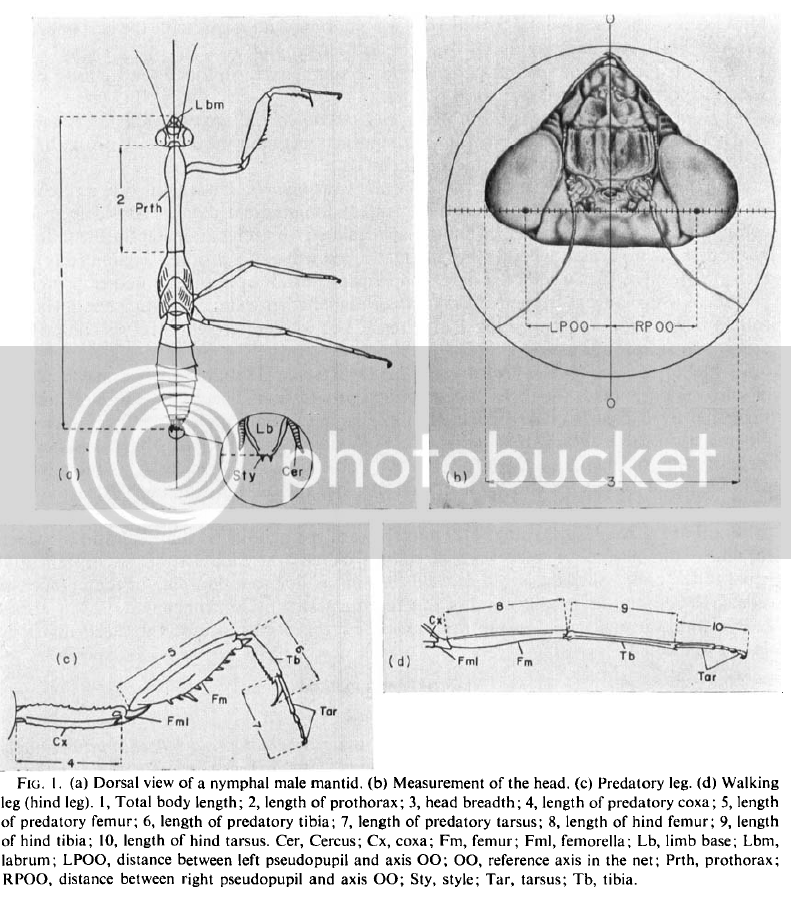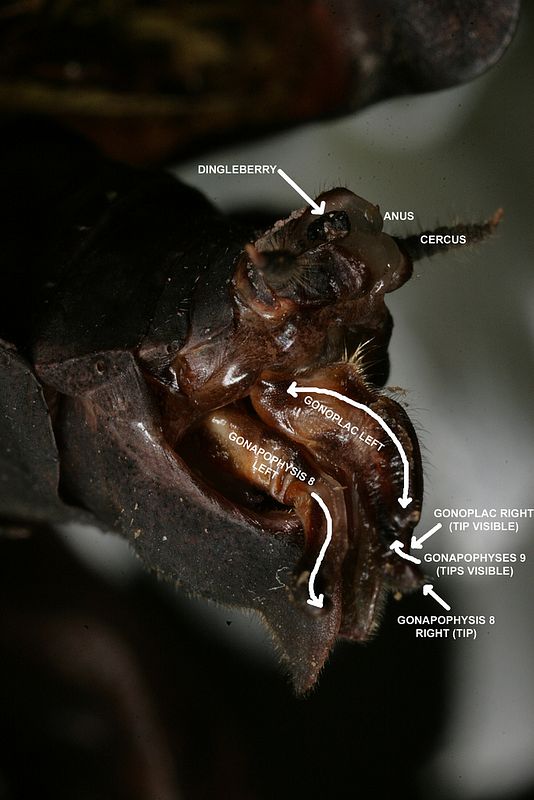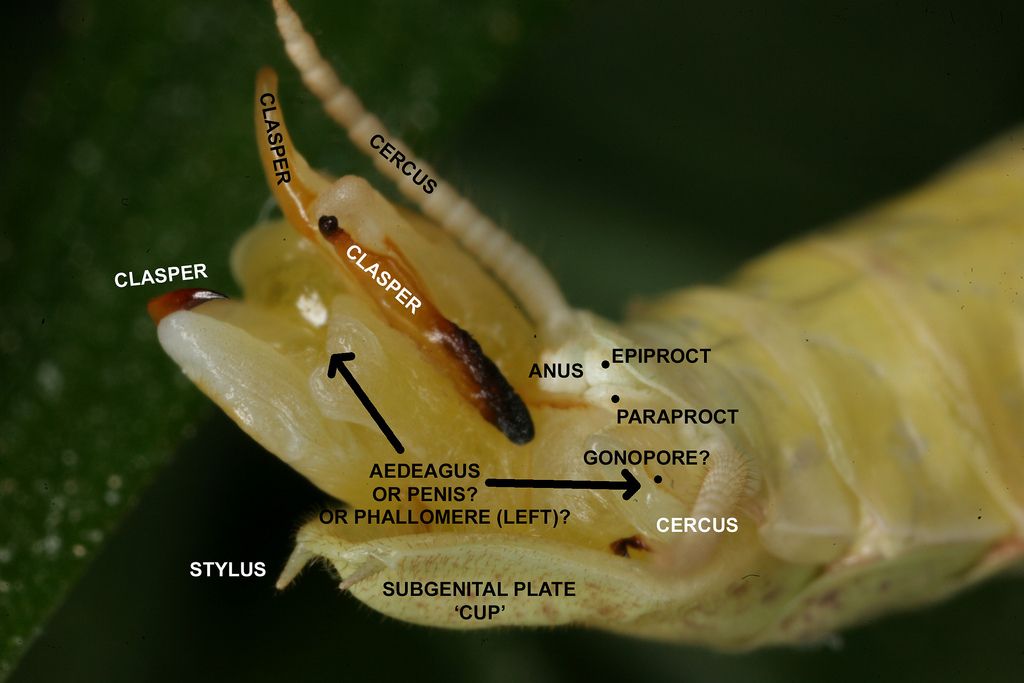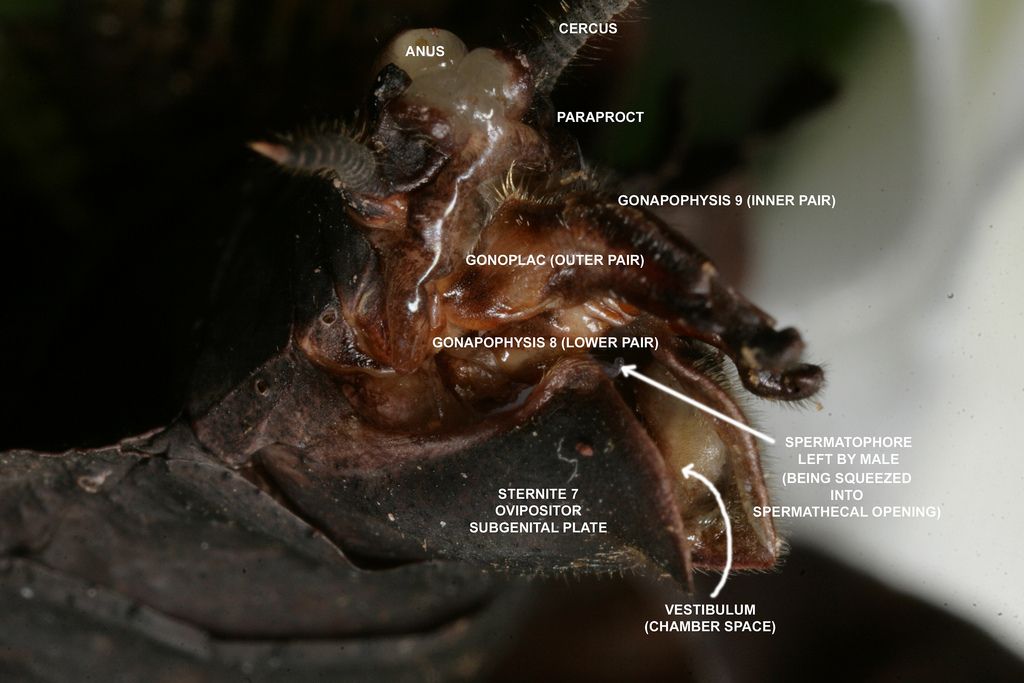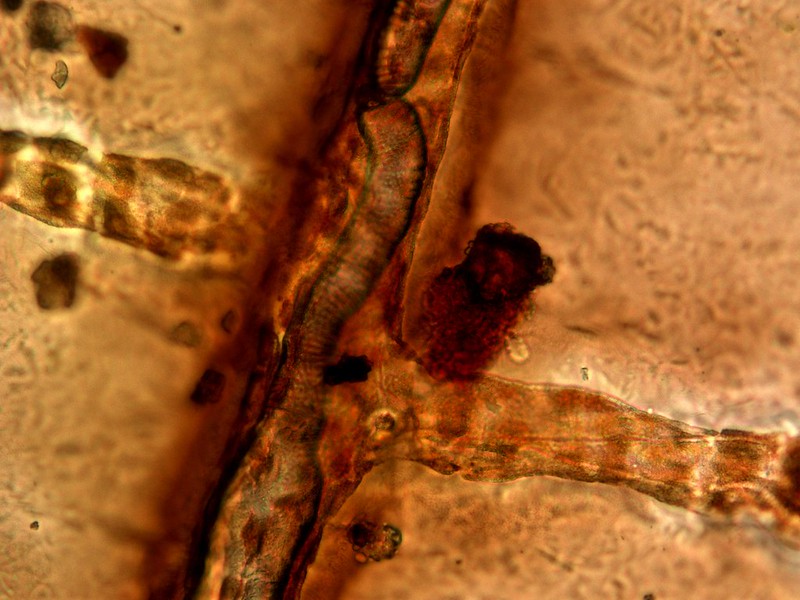derryjellybies
Well-known member
Do you guys know of any good resources (online or otherwise) for proper mantid anatomy? On Google I see diagrams that look like they are more aimed for children and do not have the scientific names for all of the body parts. Also, I was looking at Barnes & Noble, but all I could find was field guides. Maybe I need to find an entomology textbook? I was just wondering if you know of any in particular that are useful 
Thank you!
Thank you!
Last edited by a moderator:












































